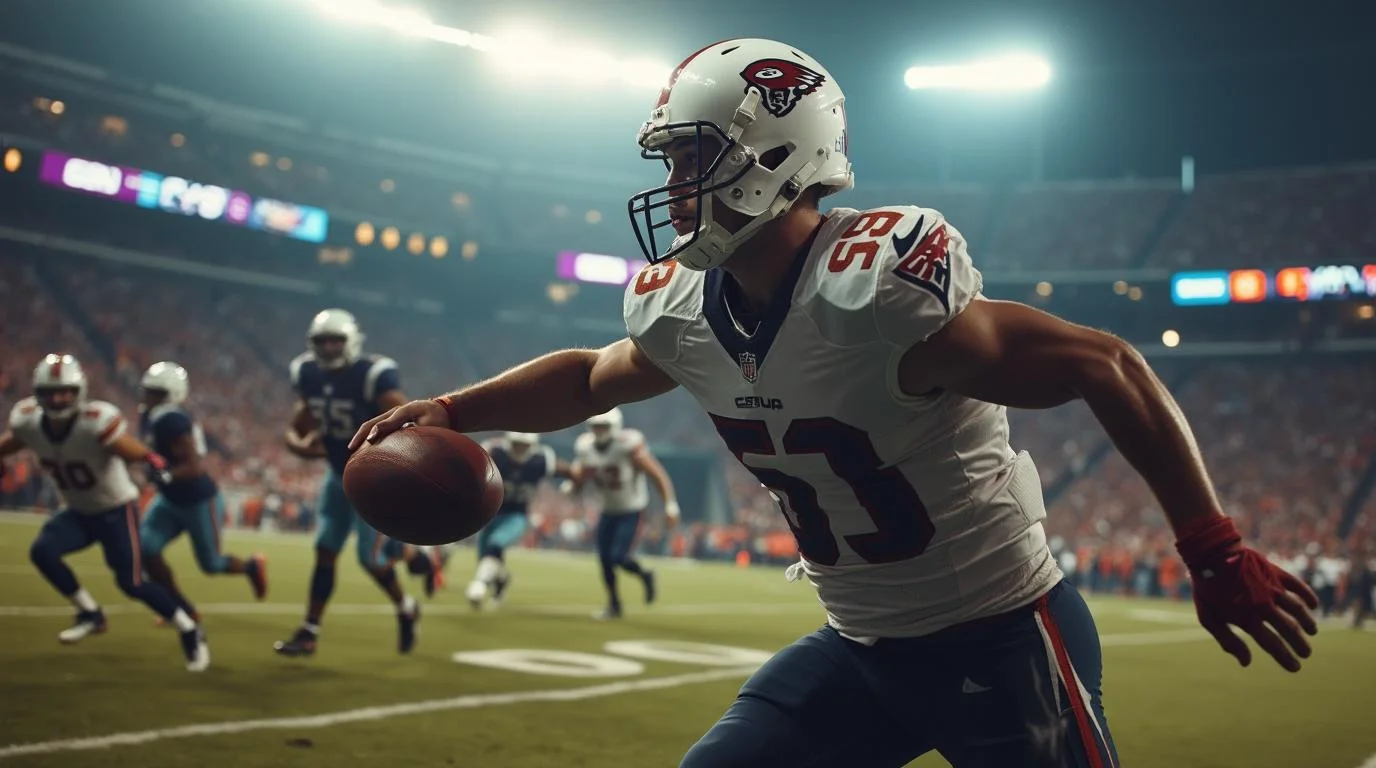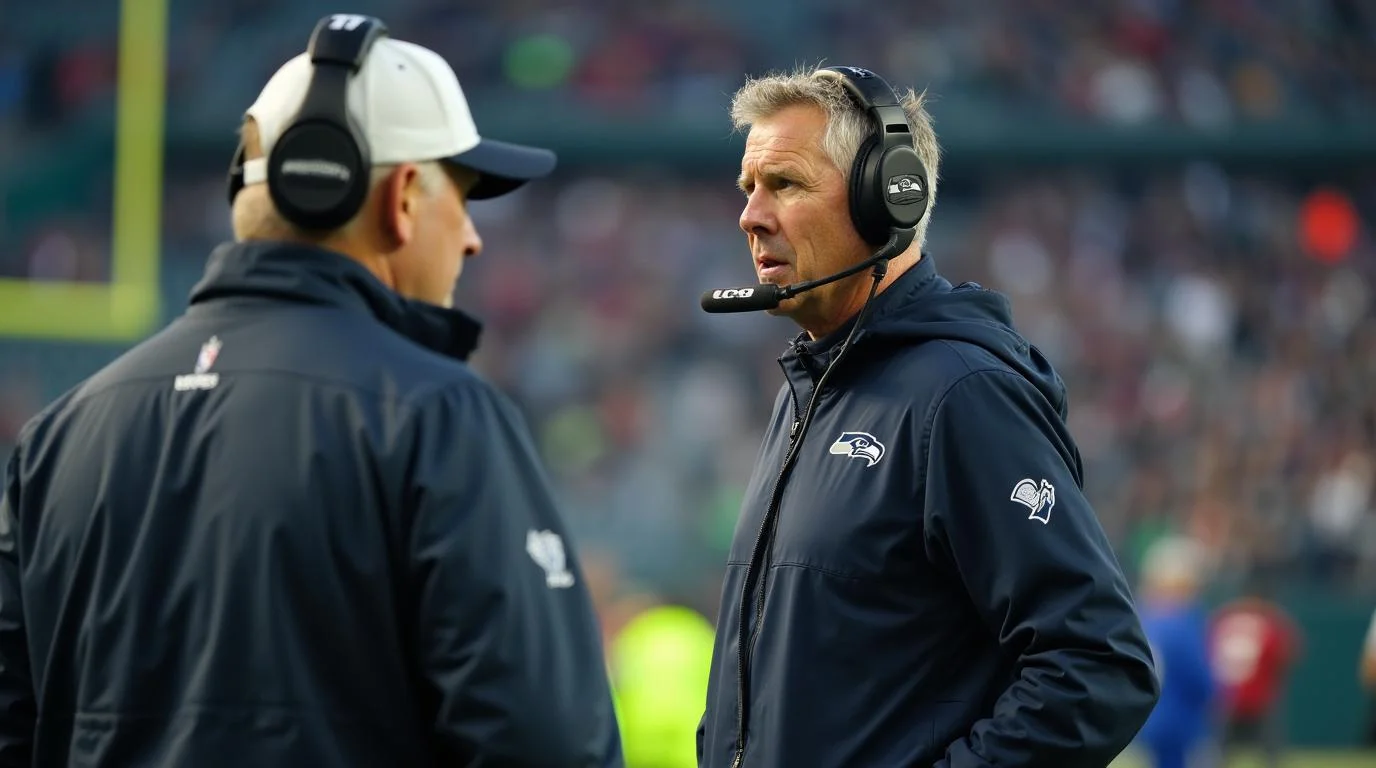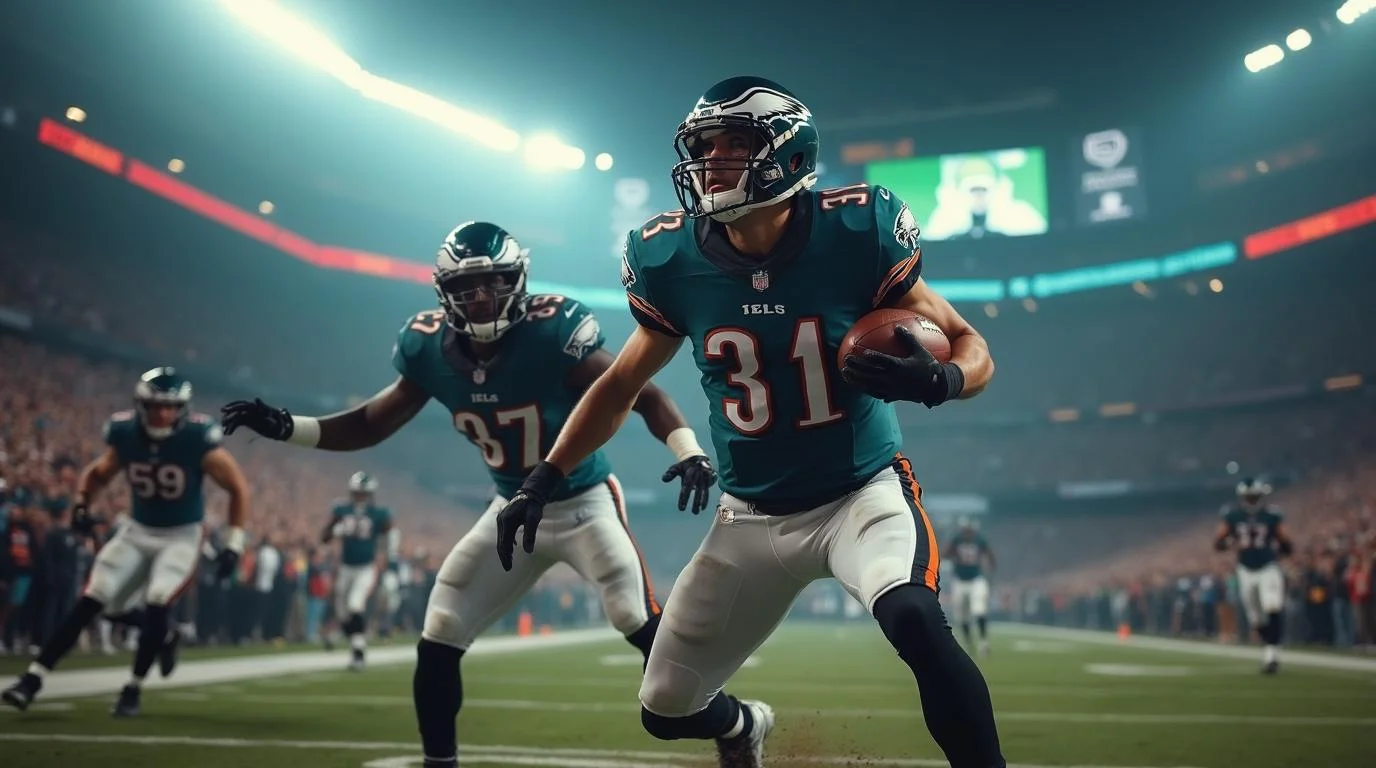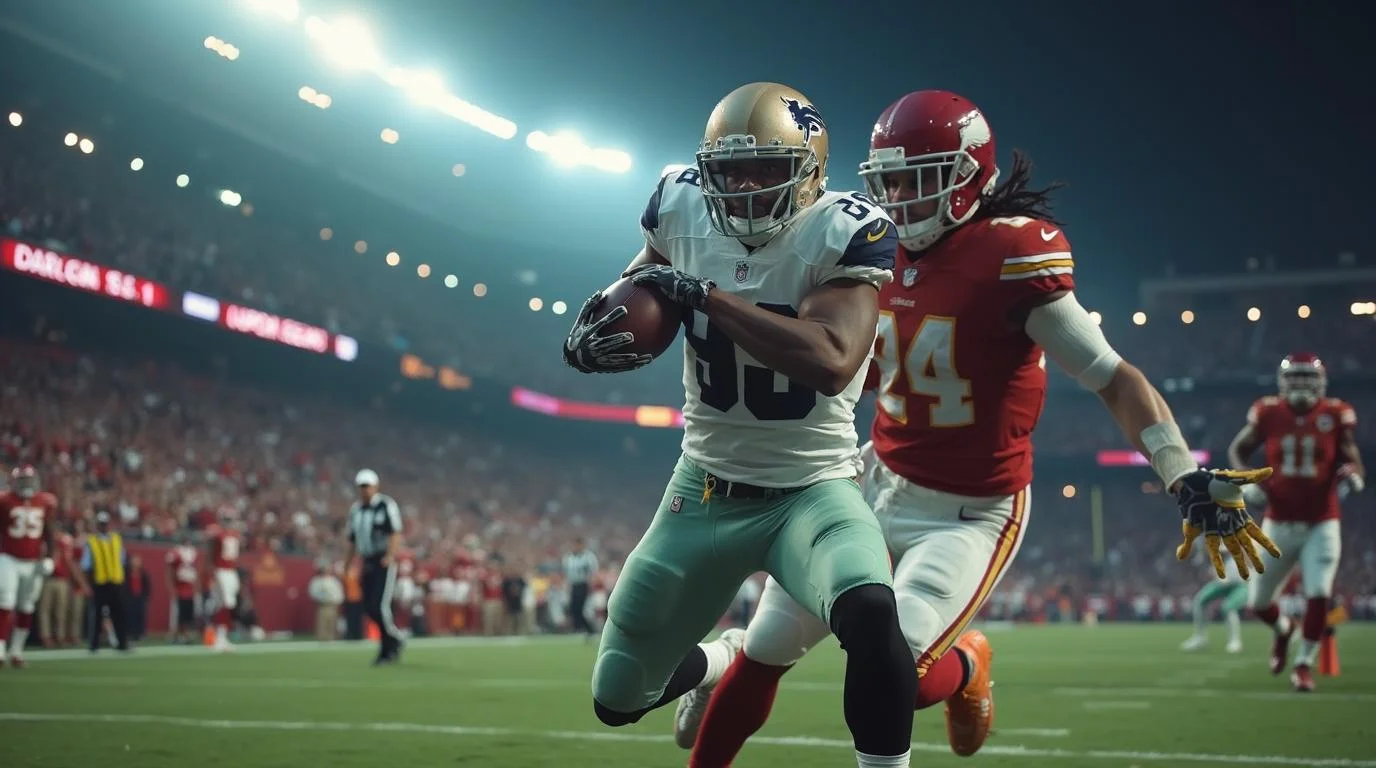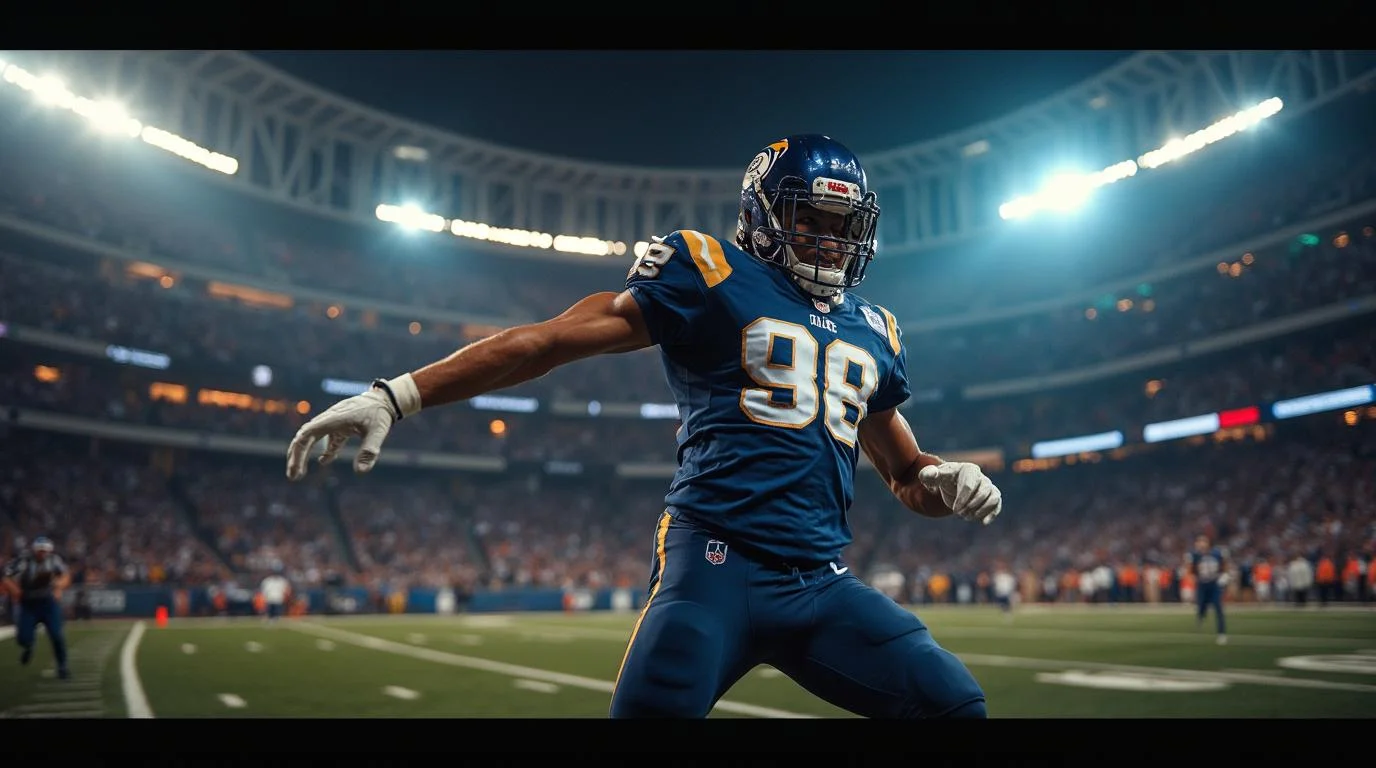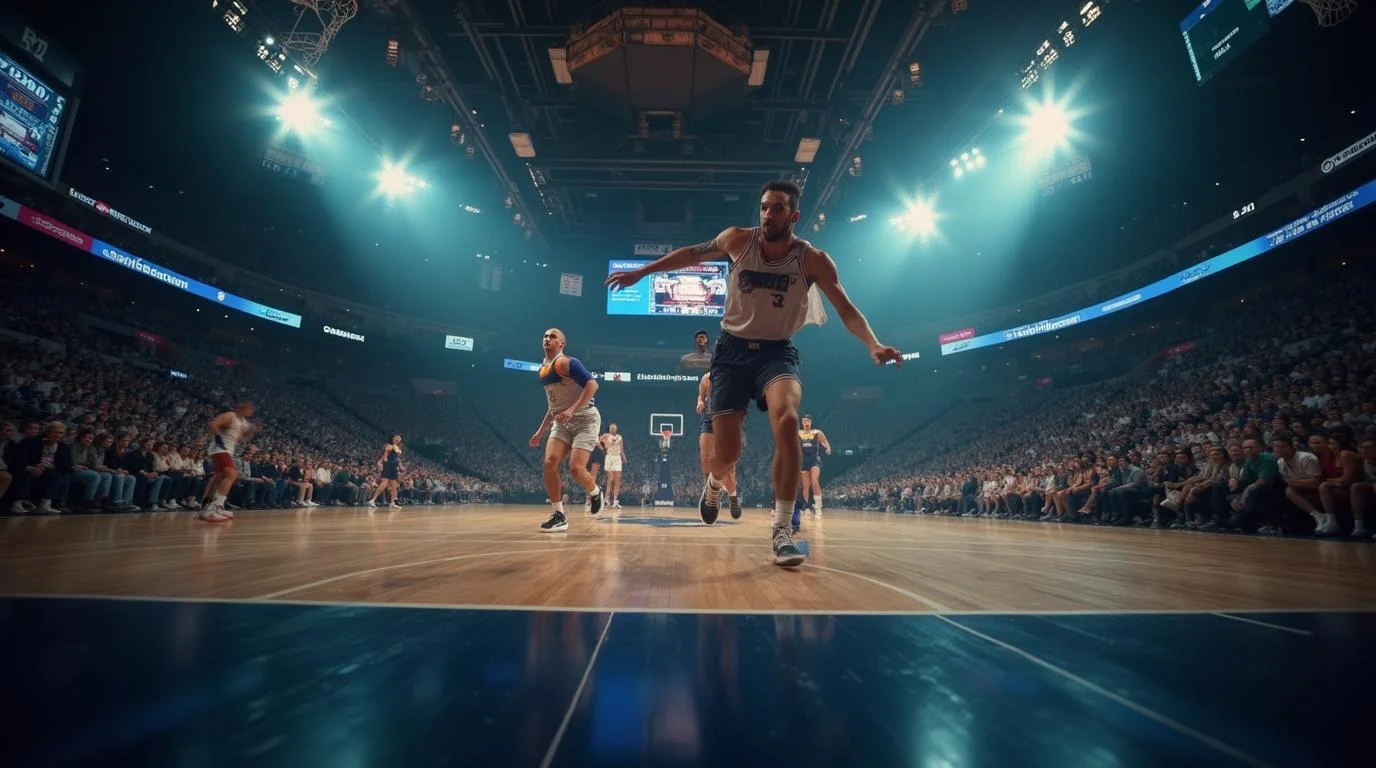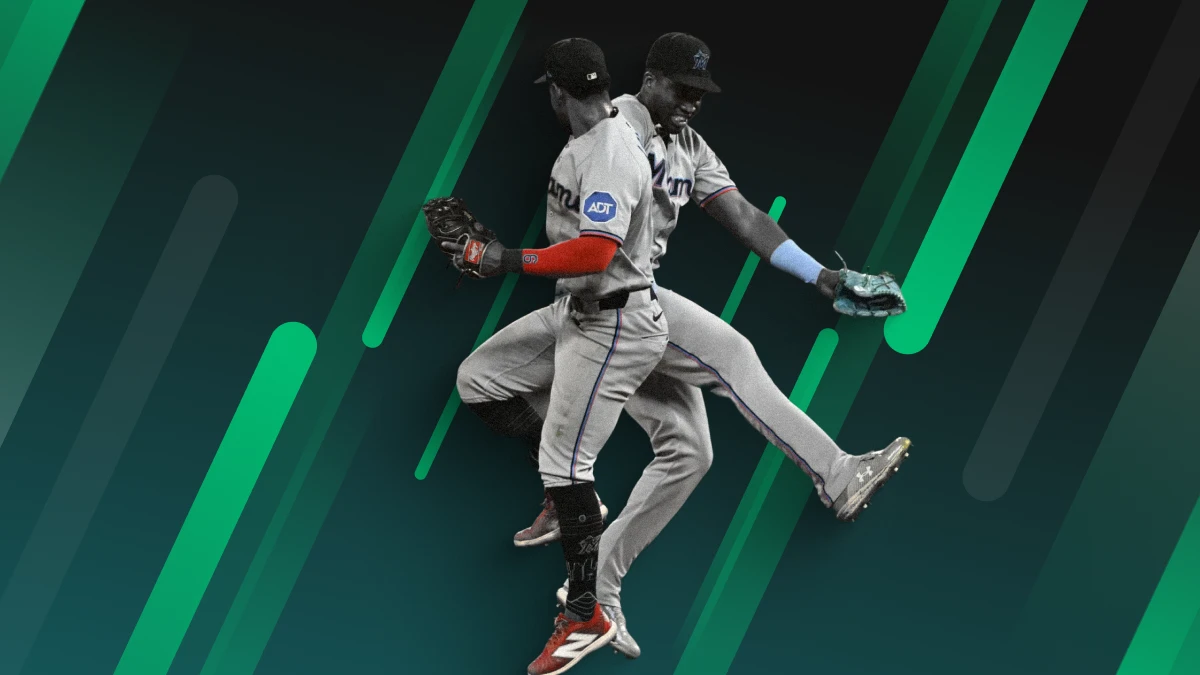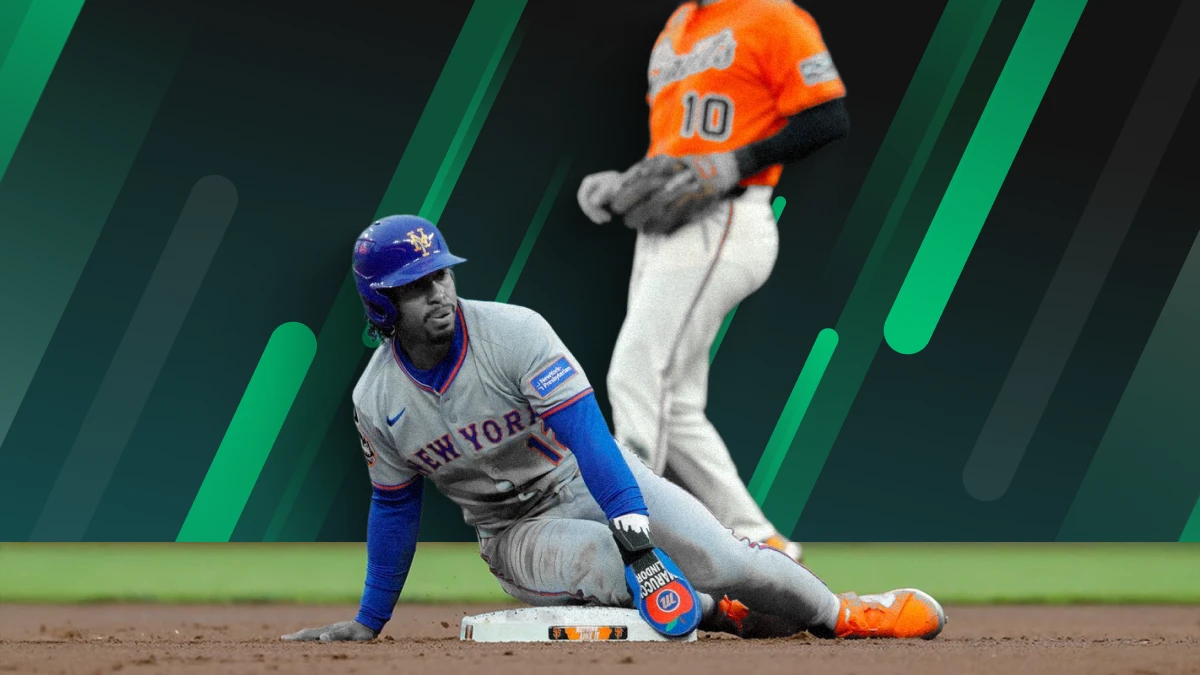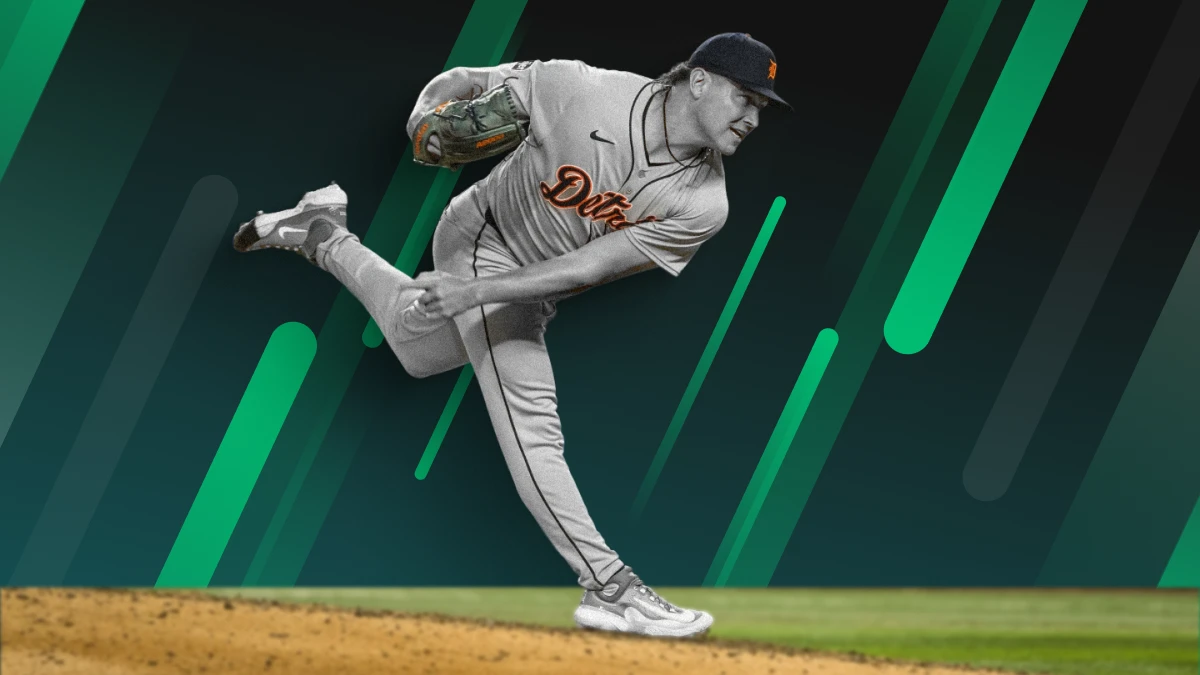ABS Challenge System to Headline MLB All-Star Game in Atlanta

1.0
Default
When you least expect it, the Automated Ball-Strike (ABS) challenge system is coming to make an appearance in the upcoming MLB All-Star Game this year. As it is slated to be a permanent addition next year, it is expected that the challenge system will be implemented to cover the whole game and detect potential bugs before refining it ahead of the 2026 run.
So far, the ABS Challenge System is slated to make a full appearance in the 2026 run. It was already used in the previous Spring Training, which earned it mixed reception to its functionality and usability. Using it in the All-Star Game, in which the best of the best will play, should significantly lead to more research data about the efficacy of the system moving forward.
The ABS system is one of the latest umpire innovations in sports. The EPL has implemented the VAR for these same purposes, and the ATP Tour employs instant review with AI. The NBA, on the other hand, has a variety of review centers for game analyses. Should the ABS system prove successful, it may well set the standard for the AI-assisted refereeing in the United States, and should push further innovation among other leagues in the country.
How Does the ABS System Work?
More known as the “robo-ump” system, the ABS challenge system, serves as a high-tech method for calling pitches that takes human error (and human subjectivity) out of the equation. It’s not a physical robot behind the plate, but a system of cameras, radar, and software that determines – accurately and instantly – whether a pitch is a ball or a strike.
Multiple high-speed cameras and radar units (like Hawk-Eye) are installed around the stadium. They track the ball from the pitcher’s hand to the catcher’s mitt with extreme precision, speed, spin, trajectory, and location. As soon as the ball crosses the plate, the ABS determines whether it touched any part of the strike zone. The call, whether it is a ball or strike, is made in real time.
Pitchers, catchers, and hitters are the only ones who may initiate the challenge as soon as the pitch happens. Players will tap their hats or helmets to the umpire should they want to challenge. Any form of assistance from the dugout or even other players in the field are not allowed.
Based on a poll back in Spring Training, around 72% of fans say that the ABS system is on a positive side. An estimated 69% of the fans want it to be part of the game moving forward, while 10% do not want it to be implemented in the MLB.
ABS and Sports Betting
Whether you believe it or not, the ABS system stands as a positive development for sports betting, particularly because it increases accuracy, consistency, and transparency. These pillars of a promising betting environment enables bigger opportunities for fans and punters alike.
By allowing teams to challenge a limited number of ball-strike calls per game, the system helps correct egregious mistakes while still keeping the human element intact. For bettors, this means fewer blown calls impacting props like total strikeouts, walks, or runs scored. It also reduces the variability caused by inconsistent umpires, which sharpens betting lines and creates a fairer playing field.
Additionally, the presence of challenges introduces new live betting opportunities and adds drama to key at-bats. However, because challenges are limited, not every bad call will be overturned, and some inconsistency may still affect outcomes. Plus, the system slightly diminishes the value of pitch framing, which could impact certain catcher-related props or fantasy scoring.








_800x800.webp)

